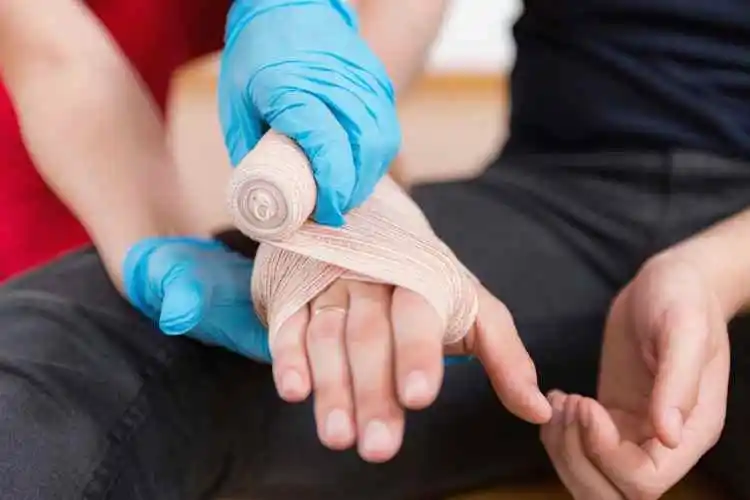Ensuring a secure and protected work environment is a paramount responsibility for employers. The unexpected can happen anytime, underscoring the importance of being well-prepared. This article delves into workplace safety and how equipping employees with workplace first aid know-how can make all the difference.
The Foundation of Safety: Establishing a First Aid Culture
Creating a workplace culture prioritising safety is a resilient organisation’s foundation. Rather than viewing first aid as a mere compliance requirement, consider it an integral part of your company’s ethos. Investing in emergency response training pays dividends not only in emergencies but also in fostering a sense of responsibility among employees.
Mitigating Risks: Identifying Potential Hazards
Understanding the specific risks within your workplace is the first step towards effective risk mitigation. Whether it’s a bustling office or a manufacturing facility, each environment has unique potential hazards. Conducting a comprehensive risk assessment allows for identifying these hazards, enabling tailored emergency response training programs. From minor cuts to more severe injuries, employees equipped with the right knowledge can act swiftly and effectively.
Training Excellence: Elevating First Aid Competence
First aid is not a one-size-fits-all solution. Tailoring training programs to the specific needs of your workplace ensures that employees are well-versed in responding to the types of emergencies they might encounter. Engage professional trainers who understand the intricacies of your industry and can provide relevant, up-to-date information. This commitment to excellence ensures that your team is trained and trained exceptionally well.
Strategic Placement: Accessible First Aid Resources
Equipping your workplace with easily accessible medical aid resources is as crucial as training. Strategically placing first aid kits and emergency response equipment ensures that immediate assistance is within reach in the event of an incident. Consider the layout of your workspace, the number of employees, and the nature of your operations when determining the optimal locations for these resources. Accessibility saves valuable time, a critical factor in emergencies.
Communication Is Key: Establishing Emergency Protocols
No first aid training is complete without a clear understanding of emergency protocols. Establishing communication channels for reporting incidents, outlining evacuation procedures, and designating assembly points are essential components of a well-rounded safety strategy. Regular drills and refreshers ensure that these protocols remain ingrained in the collective consciousness of your workforce, enabling a swift and coordinated response when it matters most.
Empowering Employees: The Role of Confidence in First Aid
Knowledge alone is not sufficient; confidence is the linchpin that transforms trained individuals into effective first responders. Create an environment encouraging employees to apply their emergency response skills without hesitation. This empowerment fosters a culture where individuals feel responsible for their safety and confident in their ability to contribute to the safety of their colleagues.
The Human Element: Recognising the Emotional Impact
Beyond the physical aspects, first aid also involves addressing the emotional toll that emergencies can take. Consider incorporating elements of psychological first aid into your training programs. Recognising the signs of distress, providing empathetic support, and facilitating access to professional help are integral aspects of a holistic first-aid approach. This human element ensures that your workplace is physically secure and emotionally supportive.
In conclusion, building a safer workplace through first aid know-how is not just a legal requirement; it’s an investment in the well-being of your most valuable asset – your employees. Every step contributes to a safer tomorrow, from establishing a workplace first aid culture to strategic resource placement and empowering individuals with confidence. By prioritising medical aid excellence, you comply with regulations and elevate your organisation to the highest standards of safety and responsibility. Remember, in workplace safety, preparedness is the key to a secure and thriving future.
